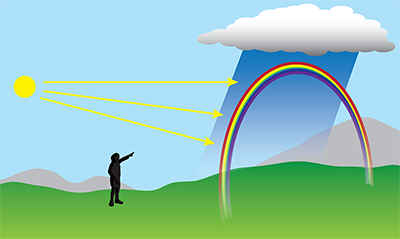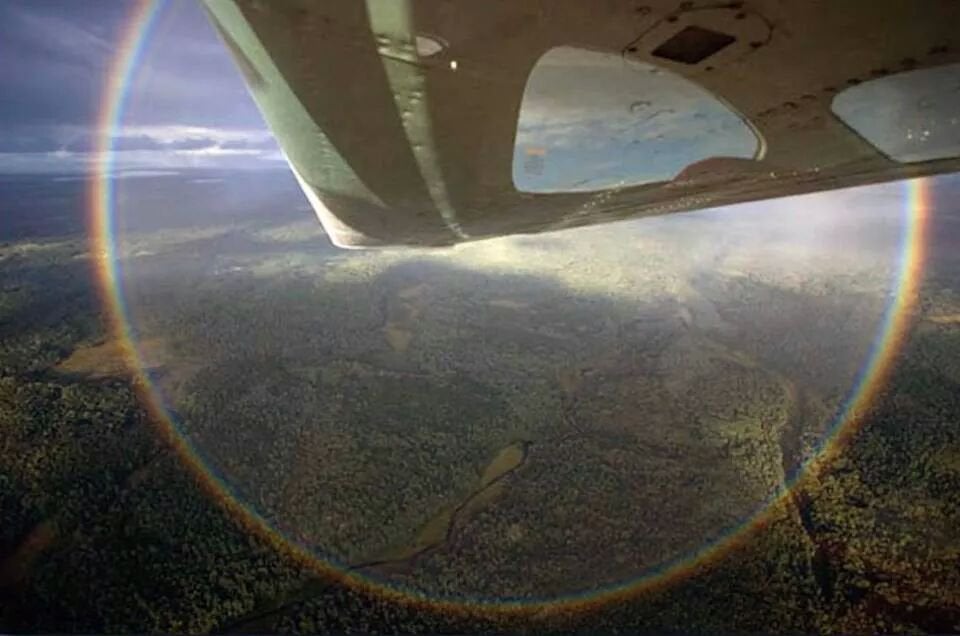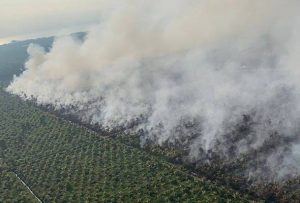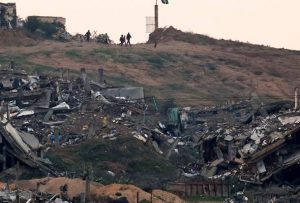We’re excited to see a rainbow, but how does a rainbow is formed?

A rainbow is formed by sunlight and atmospheric conditions. Light enters a water droplet, slowing down and bending as it goes from air to denser water. The light reflects off the inside of the droplet, separating into its component wavelengths, or colours. When light exits the droplet, it makes a rainbow.
A rainbow isn’t really a “thing” and it doesn’t exist in a particular ‘place’. It is an optical phenomenon that appears when sunlight and atmospheric conditions are just right, and the viewer’s position is just right to see it.

A rainbow requires water droplets to be floating in the air. That’s why we see them right after it rains. The sun must be behind you and the clouds cleared away from the sun for the rainbow to appear.
A full rainbow is actually a complete circle, but from the ground we see only part of it. From an aeroplane, in the right conditions, one can see an entire circular rainbow.

Sunlight is made up of many wavelengths, or colours of light. Some of those wavelengths get bent more than others when the light enters the water droplet.
Violet (the shortest wavelength of visible light) bends the most, red (the longest wavelength of visible light) bends the least. So when the light exits the water droplet, it is separated into all its wavelengths. The light reflecting back to you, the observer with the sunlight coming from behind you, from the water droplets will appear separated into all the colours of the rainbow! Violet will be on the bottom and red on the top.
Source: SciJinks








